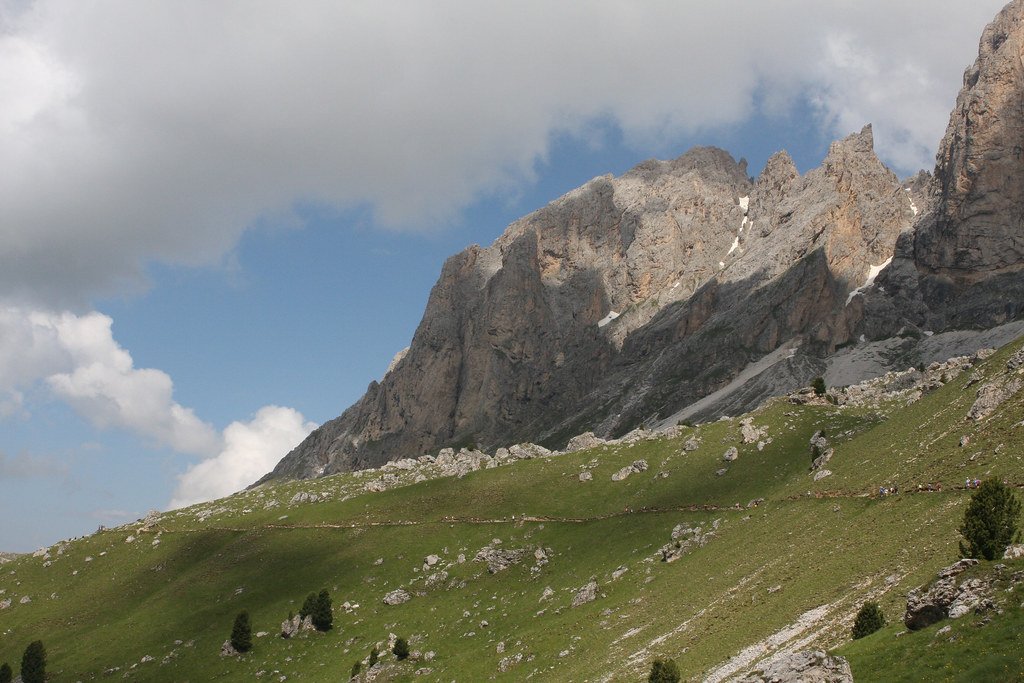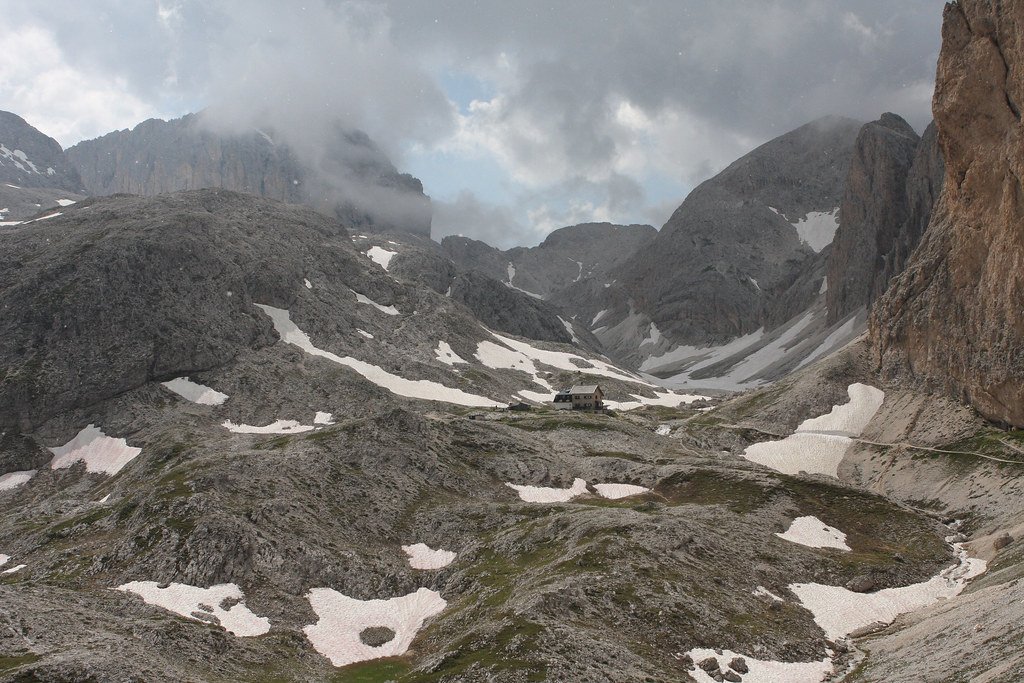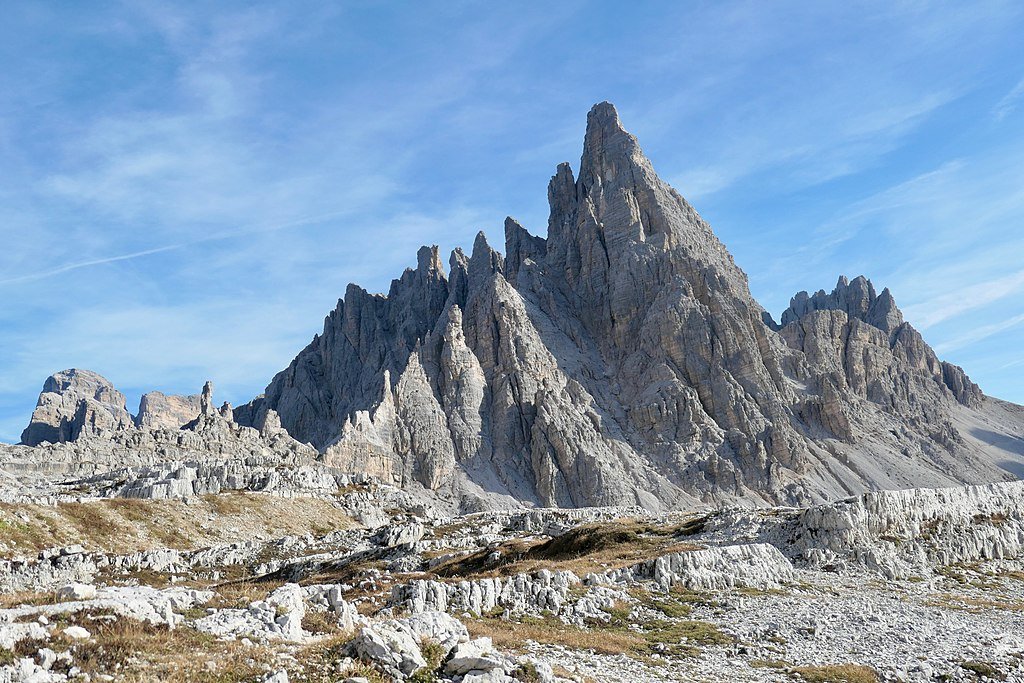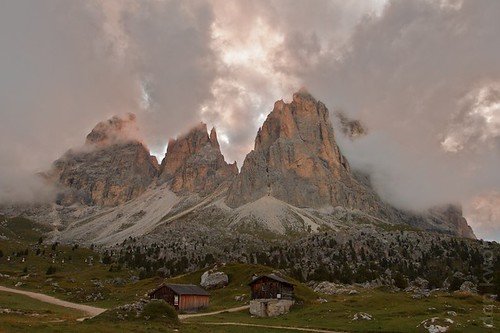In the heart of northern Italy lies the majestic Dolomites, a region defined by its rugged peaks and verdant forests. However, a shadow looms over these ancient woodlands as they face an unprecedented crisis. Once vibrant and teeming with life, the forests are now fading, with ancient trees mysteriously dying. This article seeks to unravel the mystery behind these “ghost forests,” exploring the factors responsible for this growing environmental catastrophe.
The Dolomites: A Brief Overview

The Dolomites are a mountain range located in northeastern Italy, forming part of the Southern Limestone Alps. Renowned for their breathtaking landscapes, these mountains are UNESCO World Heritage Sites. They are home to a rich diversity of plant and animal species, with dense forests forming an integral part of their ecology. These forests have stood tall for centuries, providing essential benefits including carbon storage, habitat provision, and soil preservation.
The Significance of Ancient Trees

Ancient trees are crucial to forest ecosystems. They offer stability, supporting a wide range of biodiversity both above and below the forest floor. These giants of nature serve as habitats for countless organisms and contribute to the unique character of the Dolomite landscapes. As natural records of history, they tell stories of past climates and environmental changes.
The Alarming Decline

Recently, scientists and conservationists have observed an alarming trend in the Dolomites. Large sections of these forests have started to die off, leaving behind patches of ghostly, barren trunks. This phenomenon is particularly troubling due to the rapid acceleration of tree mortality rates, which threatens to disrupt the delicate balance of the region’s ecosystems.
Impact of Climate Change

One of the primary culprits behind the mysterious death of these ancient trees is climate change. The Dolomites are experiencing shifts in temperature and precipitation patterns, resulting in drought conditions that stress the trees. Extended periods of warmth and heatwaves put intense pressure on these ancient ecosystems, leading to weakened trees that are more susceptible to other threats.
Pest Infestations

An increase in pest infestations further exacerbates the plight of the Dolomite trees. Warmer temperatures have allowed insect pests, such as bark beetles, to thrive and expand into new territories. These pests attack weakened trees, accelerating their decline and contributing to the spread of forest die-off.
Human Impact and Deforestation

Human activities, particularly deforestation and land-use changes, have played a significant role in the degradation of these forest ecosystems. Activities such as logging, agricultural expansion, and tourism development have resulted in habitat fragmentation and a reduction in forest resilience, making them more vulnerable to the effects of climate change and pest outbreaks.
The Role of Pollution

Air pollution also poses a significant threat to the health of the Dolomite forests. Pollutants such as nitrogen oxides and sulfur dioxide can lead to soil acidification and nutrient imbalances, which weaken trees and contribute to their decline. This environmental stress further compounds the effects of climate change and other human impacts.
Conservation Efforts

In response to this crisis, various conservation efforts are underway to protect and restore the remaining forests in the Dolomites. Organizations are implementing strategies to reduce carbon emissions, control pest populations, and restore degraded lands. Collaborative efforts between governments, scientists, and local communities aim to promote sustainable land management and conservation practices.
Restoring Forestry Practices

Traditional forestry practices are being revisited and adapted to the current challenges faced by the Dolomite forests. Indigenous knowledge and sustainable management techniques, which have been used for centuries, are being integrated with modern science to promote forest regeneration and resilience.
Community Engagement

Engaging local communities is crucial for the success of conservation efforts. Awareness initiatives and educational programs are being conducted to highlight the importance of forest conservation and to encourage community involvement in protecting these vital ecosystems. Empowering locals helps ensure that conservation strategies are culturally relevant and sustainable in the long term.
The Path Forward

Addressing the issue of dying ancient trees in the Dolomites requires a multifaceted approach. Combining scientific research with policy measures and public awareness is essential to creating effective solutions. By understanding the complex interplay of factors contributing to forest decline, stakeholders can develop adaptive management strategies to safeguard these ecosystems for future generations.
Conclusion

The ghost forests of Italy’s Dolomites serve as a stark reminder of the environmental crises facing our planet. It is a call to action to address the underlying causes of forest mortality, particularly the impacts of climate change and human activities. Through concerted efforts and a commitment to sustainable practices, it is possible to halt the decline of these ancient trees and preserve the natural heritage of the Dolomites for future generations.




